The Huawei P40 Pro is what happens when a company is forced to struggle in the face of huge obstacles. Last year's Huawei 30 Pro was an excellent camera phone that came before Huawei was effectively banned from using Google apps on its phones. That ban hit the Huawei Mate 30 Pro particularly hard, as last fall's launch fell flat.
The P40 series - and the P40 Pro in particular - had more time to adjust to life without the Google Play Store, and Huawei had a chance to improve on last year's features. The result is once again a phone that can crush the competition when it comes to photography, but will cause headaches in the software department.
BERLIN WEATHEROur hands-on review of the Huawei P40 Pro shows that Huawei has closed the gap with the Samsung Galaxy S20 Plus and iPhone 11 Pro. If you want the best hardware at any price, you'll want the P40 Pro. But if you value convenience, you should still look elsewhere.
Huawei P40 Pro: Price and release date
The Huawei P40 Pro, with a single 8GB RAM/256GB storage version will cost 999 euros ($1,095/£912 conversion), and will be available for purchase from April 7. It will be available in the UK at the same time as the €799 P40 (€875/£730), and will then be joined in June by the €1,399 (€1,533/£1,279) P40 Pro Plus. One thing is for sure, the Huawei P40 Pro will not be coming to the US.
Because the US government considers Huawei a national security risk, the company is not allowed to trade with US companies, which means you won't find the P40 series phones in any mobile operator store either in person or online. Buyers in Europe are expected to access the P40 series phones as usual through electronics stores and mobile operators.
There will likely be ways to import the Huawei P40 Pro camera. This usually involves buying a Chinese or Latin American Huawei handset from an online auction site or importing from a phone store. This can be expensive and can lead to cellular signal compatibility issues if you don't check which frequency bands are supported by the specific version you're buying.
Huawei P40 Pro: Design and colors
The first thing you'll notice when you turn on the P40 Pro is the change in style of the notch on the phone's display. The water drop-shaped notch is gone, and now we have a double pill-shaped notch in the top left corner. It takes up a good chunk of the screen, but so does the iPhone 11 Pro notch and people mostly tolerate it.
At first it looks odd to have such a large punch hovering away from the edge of the P40 Pro, but the notch doesn't interfere with normal phone activity and disappears into the black sidebar if you turn your phone sideways to watch a video or play a game.
Unlike Samsung, which ditched the curved display in favor of a flat panel on the S20 series, Huawei doubled down on curves for the P40 series. The screen features an "overflow display" that curves at the top and bottom as well as the sides, giving the P40 an almost full screen look.
It's not quite a full screen, as there are still small bezels visible at the top and bottom, and all four corners have significant bezels, making the display look like it's tucked into a black photo album page. The curves aren't as extreme as on the Mate 30 Pro either, but they're still an attractive shape.
On the back of the P40 Pro, there is a large black lump in the top left corner. It looks pretty ugly, but the camera at least looks like it means business, especially with the proudly displayed Leica brand - the lens company that once again helps Huawei with its camera hardware.
The bump comes on the back of the phone at a smooth but sharp angle, which Huawei describes as a "volcano" but makes the P40 Pro wobble a bit when placed on its back, which is a common problem with camera phones, but. The rest of the back is smooth, except for the Huawei logo on the bottom left.
Going around the edges of the P40 Pro, you'll find the microphone and infrared sensor at the top, the volume rocker and power button on the right, the external speaker grille, USB-C port and SIM card slot at the bottom (again no headphone jack, unfortunately), and a completely blank left side.
For color options of the Huawei P40, Huawei offers Pearl White, Black, or DeepSea Blue (the color of my review of the handset) for a normal gloss finish. There are also Silver Frost and Blush Gold as matte finishes, but unfortunately the black or white ceramic backs are reserved only for the P40 Pro Plus. That's a whole bunch of colors and I think they all look great, although there's no super bright option for people who want to show off their P40 Pro.
Huawei P40 Pro: Display
The P40 Pro shares its display with the P40 Pro Plus: a 6.58-inch OLED screen with a resolution of 2340 x 1200 and a default refresh rate of 90Hz. As we mentioned, the display has a slight curve on all four edges, but while it's enough to hide some of the bezels, it's not enough to make it hard to find the edge when you're using Android 10's navigation mode.
Personally, I think it's a great compromise between looks, viewing experience and ergonomics and shows that despite some companies moving away from curved screens, there's still a good reason to have them on phones.
The Huawei P40 Pro has a 90Hz refresh rate that can be reduced to 60Hz, and the resolution can be auto-switched or set to 1760 x 800, both great options that can help save battery life. The 120Hz displays on the Samsung Galaxy S20 are obviously smoother, but based on our testing, you can significantly reduce battery consumption.
Huawei P40 Pro: Cameras
Housed in a rectangular bumper in the top left corner, the Huawei P40 Pro has four rear sensors - a 50MP main camera with Huawei's special RYYYB sensor, a 12MP 5x optical telephoto lens (50x maximum), a 40MP ultra-wide camera and a time-of-flight sensor that augments the other three cameras with precise photographic effects.
I compared the P40 Pro to my current phone, the iPhone 11 Pro. In a close-up of the daffodil using the main cameras of the two phones. We can see that the P40 Pro retains one of the classic features of Huawei photography - the tendency to capture images with a lower color temperature than its competitors. It helps the green background look much more lush in the P40 Pro photo, but the bright yellow flower means you lose some of the detail on the petals that the iPhone 11 Pro manages to pick up.
This medium shot of Holly the beagle is similar. The cooler colours don't capture Holly's reddish-brown fur at its best, while the iPhone 11 Pro does a better job of showing the different shades present in her coat. The iPhone also doesn't overreact to the light coming in from the window in the top left corner, while it causes the sofa to discolour in the P40 Pro image.




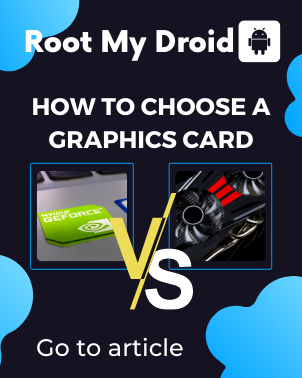





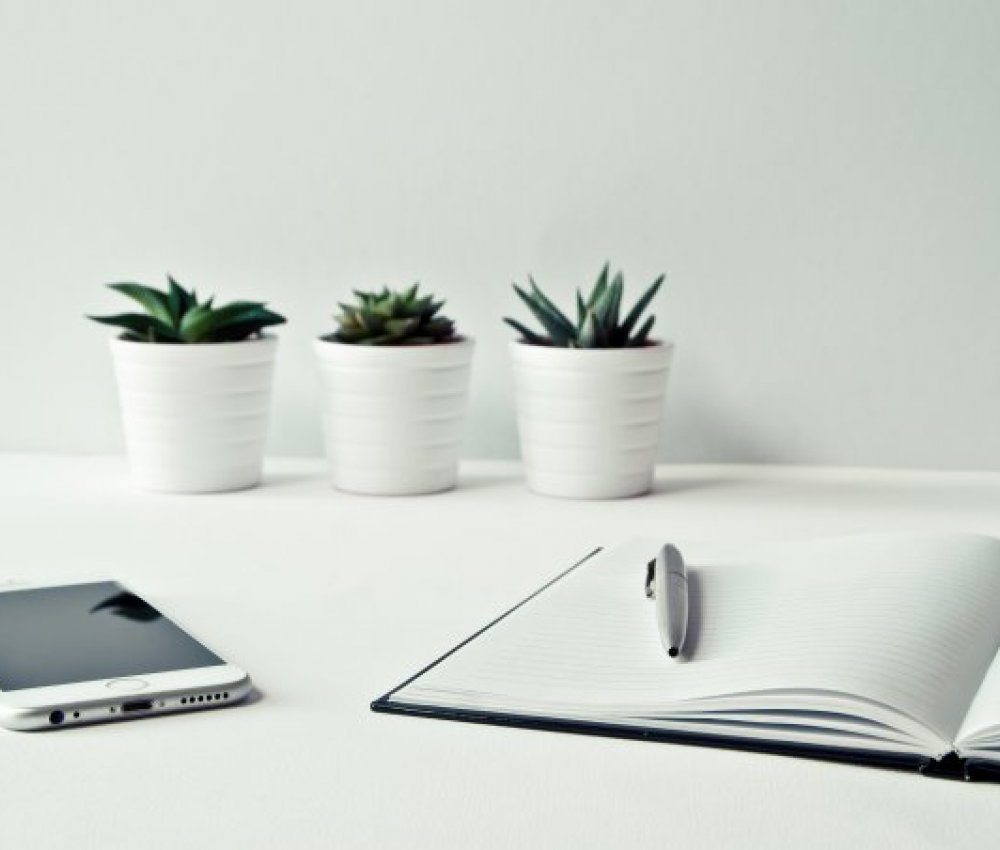
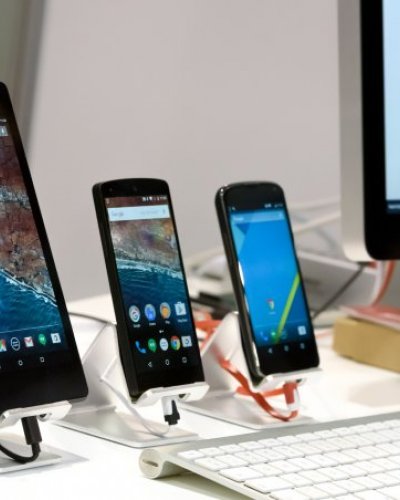
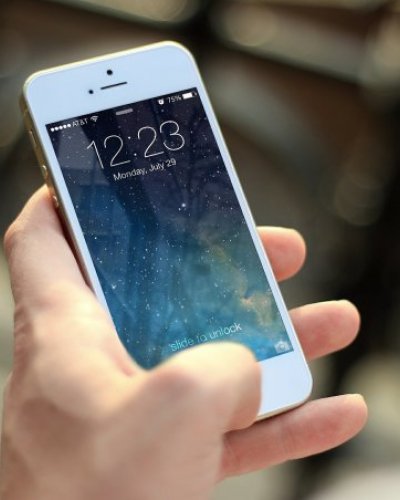
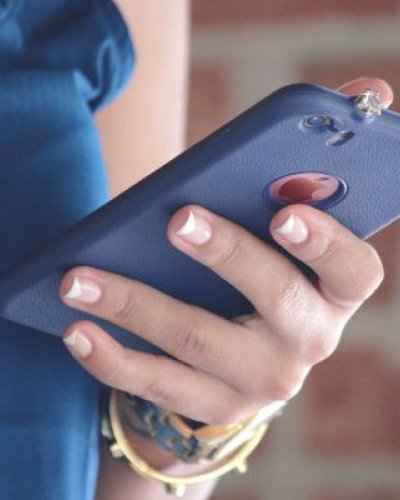
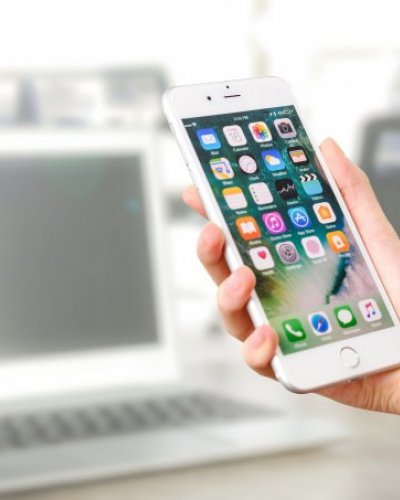
Comments (0)